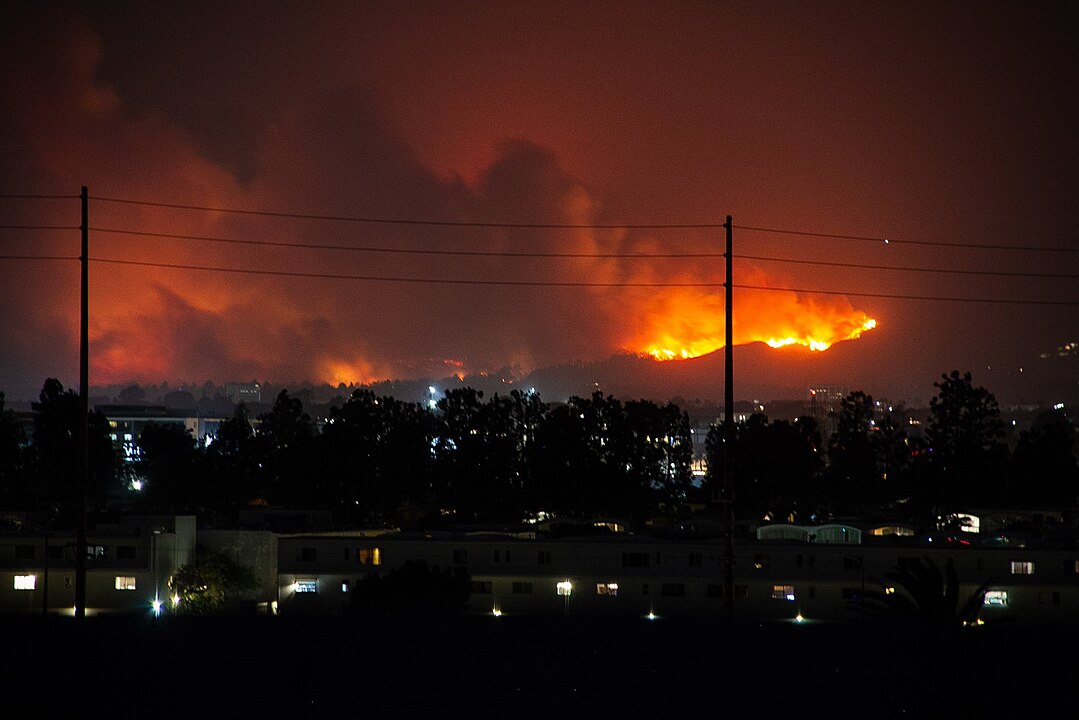Prescribed Burns
It was her general interest in people’s decisions and their behavior with land and natural resources, especially those that interact with the environment that brought Dr. Yukiko Hashida to start analyzing prescribed burns. Since joining UGA, she has seen how prescribed burns are commonly used in the southeastern U.S. In addition to potentially reducing wildfire risks by decreasing the fuel buildup in the forests, prescribed burns have multiple ecological benefits. Most of her research starts with simple questions such as, “Where are the landowners conducting prescribed burns?” "What kind of factors affect their burning decisions?” and “Are they actually mitigating wildfires?” With these questions, she started looking for data. She talked to many fire experts in the USDA Forest Service, UGA Extension, and people who work in wildfire research and found that the best data available are burn permit records which are submitted by the landowners/burners themselves to state agencies. She started calling or emailing landowners individually, but in the process, she learned that Tall Timbers has digitized the permits for the entire southeastern U.S. She successfully negotiated with them to collaborate with her on this research which is how Karen Cummins became her co-author for the research paper. Tall Timbers also provides a lot of training workshops for prescribed burners and they have been a great resource throughout the process.
Could prescribed burns play a major role in preventing large wildfires? Like every researcher, Dr. Hashida went into this study without a predetermined conclusion and relied on the data to provide the empirical evidence. That’s the most interesting part of research for her: you never know until you work with data. There is anecdotal evidence (such as articles in LA Times and NY Times) that forest management mitigates wildfire damage (not necessarily preventing the onset itself, but reducing the extent), but there has been no empirical evidence at the scale used in their study.
Asked how she hopes this research will be utilized in the future to help prevent future wildfires especially as they become increasingly prevalent, she stated that their research shows that prescribed fires mitigate wildfire occurrence. The study provides empirical proof of the anecdotal evidence that prescribed fires could be a tool to mitigate wildfires. Dr. Hashida wanted to stress that this work is not advocating prescribed fires for every location for every circumstance. Fire regimes, climate, and forest conditions are different across regions, so it is not one size fits all. As wildfires become more frequent and intense, we need more proactive and heuristic ways of mitigating wildfire risks. She hopes to continue with this line of research, trying to find out what combination of land management options would work best for each region.
Read the full article, published in the Journal of Environmental Economics and Management.


